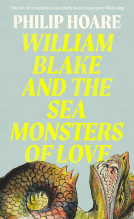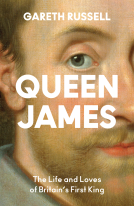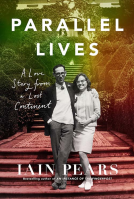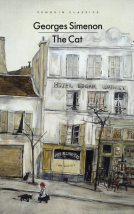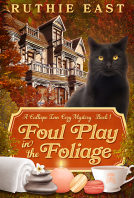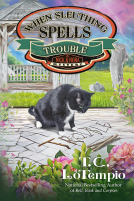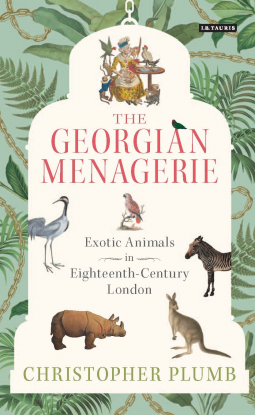
The Georgian Menagerie
Exotic Animals in Eighteenth-Century London
by Christopher Plumb
This title was previously available on NetGalley and is now archived.
Buy on Amazon
Buy on Bookshop.org
Buy on Waterstones
*This page contains affiliate links, so we may earn a small commission when you make a purchase through links on our site at no additional cost to you.
Send NetGalley books directly to your Kindle or Kindle app
1
To read on a Kindle or Kindle app, please add kindle@netgalley.com as an approved email address to receive files in your Amazon account. Click here for step-by-step instructions.
2
Also find your Kindle email address within your Amazon account, and enter it here.
Pub Date 25 Aug 2015 | Archive Date 1 Sep 2015
Description
Discover the strange and exotic creatures at the heart of 18th century London
In the eighteenth century the great cities and towns of Britain and Ireland became host to strange creatures, objects of fascination and wonder brought back from the far-flung corners of the growing British Empire. London teemed with wild beasts and birds, Aristocrats created their own private menageries with which to entertain their guests, whilst for the less well-heeled, touring exhibitions of exotic creatures – both alive and dead – satisfied a growing fascination with the natural world.
In The Georgian Menagerie, Christopher Plumb brings us face to face with these exotic animals. Scandals were caused by ‘erotic electric eels’ and decades of jokes spawned by the rudely named ‘Queen’s Ass’, the resident zebra at Buckingham Palace. An enlightening and entertaining series of tales reveal how the exotic creatures of the menagerie that was Georgian London captured the imagination of the age, and influenced society in a surprising number of ways.
In the eighteenth century the great cities and towns of Britain and Ireland became host to strange creatures, objects of fascination and wonder brought back from the far-flung corners of the growing British Empire. London teemed with wild beasts and birds, Aristocrats created their own private menageries with which to entertain their guests, whilst for the less well-heeled, touring exhibitions of exotic creatures – both alive and dead – satisfied a growing fascination with the natural world.
In The Georgian Menagerie, Christopher Plumb brings us face to face with these exotic animals. Scandals were caused by ‘erotic electric eels’ and decades of jokes spawned by the rudely named ‘Queen’s Ass’, the resident zebra at Buckingham Palace. An enlightening and entertaining series of tales reveal how the exotic creatures of the menagerie that was Georgian London captured the imagination of the age, and influenced society in a surprising number of ways.
Advance Praise
'From magnificent menageries to an apothecary's pet rodent, Christopher
Plumb's book is a fascinating look into the role animals played in
eighteenth century British lives. Full of great primary research into a
wealth of interesting records, this is a work to delight the heart of
anyone with a love for how the real Georgians lived.'
Lucy Inglis, author of Georgian London
‘Christopher Plumb's entertaining book fills in the detail of a world only vaguely sensed. It appears that the streets of Georgian London were thronged with exotic animals and Plumb shows that these were more fully a part of the Georgian world than has previously been understood. Exotic animals were commodities to be entertained by and to consume. This book adds not only to our growing understanding of the surprisingly large scale presence of exotic animals in England since the Renaissance but also to our grasp on the textures of life in the always fascinating streets, inns and drawing rooms of Georgian London.’
John Simons, author of The Tiger That Swallowed the Boy: Exotic Animals in Victorian England
Lucy Inglis, author of Georgian London
‘Christopher Plumb's entertaining book fills in the detail of a world only vaguely sensed. It appears that the streets of Georgian London were thronged with exotic animals and Plumb shows that these were more fully a part of the Georgian world than has previously been understood. Exotic animals were commodities to be entertained by and to consume. This book adds not only to our growing understanding of the surprisingly large scale presence of exotic animals in England since the Renaissance but also to our grasp on the textures of life in the always fascinating streets, inns and drawing rooms of Georgian London.’
John Simons, author of The Tiger That Swallowed the Boy: Exotic Animals in Victorian England
Available Editions
| EDITION | Other Format |
| ISBN | 9781784530846 |
| PRICE | US$30.00 (USD) |
Average rating from 36 members
Readers who liked this book also liked:
William Blake and The Sea Monsters of Love
Philip Hoare
Arts & Photography, Biographies & Memoirs, Nonfiction (Adult)
Philip Hoare
Arts & Photography, Biographies & Memoirs, Nonfiction (Adult)








